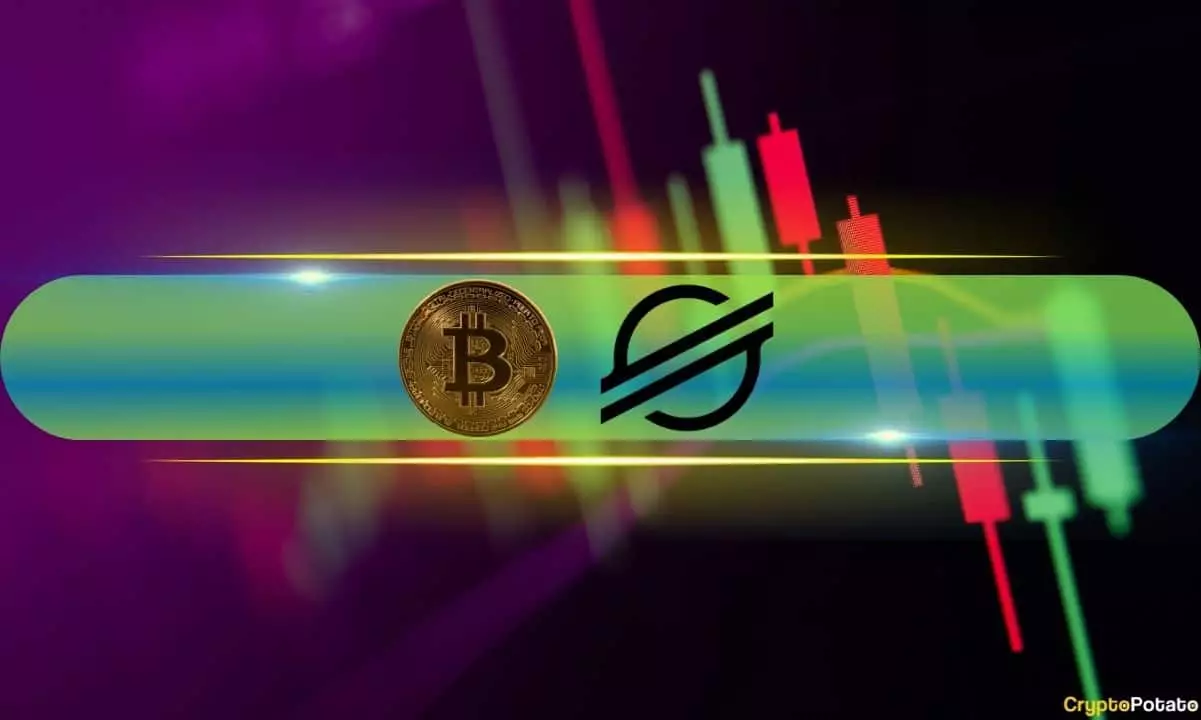The recent surge in cryptocurrency markets has been nothing short of sensational, igniting hopes and shaken expectations among investors worldwide. Bitcoin’s meteoric rise past $118,000—touching nearly $119,000—appears to signal a new all-time high. Such ascents, while visually impressive, demand a critical perspective: are they sustainable, or are these parabolic climbs indicative of speculative excess? The rapid escalation has created an atmosphere where euphoria risks clouding rational evaluation. Market cycles suggest that explosive gains often precede significant corrections, and in the absence of robust fundamentals, one must question whether the overextension is a natural market evolution or a perilous bubble.
Furthermore, this rally’s breadth has extended beyond Bitcoin, with altcoins like XRP, XRP, CRO, and Stellar Lumens (XLM) delivering eye-popping gains. Yet the recent sobering fact remains—after these surges, markets tend to overheat, leading to volatility and potential retracement. The decline in Bitcoin’s dominance from over 65% to approximately 62.5% points to the increasing influence of alternative assets, but it also indicates that enthusiasm may be diffusing rather than consolidating. Is this diversification a sign of healthy market maturation, or is it a euphoric sprint away from battle-hardened fundamentals?
Speculative Frenzy vs. Fundamental Value
While some herald this market action as evidence of a renewed bull phase, skepticism is warranted when considering whether prices are justified by intrinsic value. Ethereum’s push past $3,000 reflects growing interest in decentralized applications and smart contracts, but the question remains: are these gains fueled by real demand or merely momentum trading? XRP’s surge to nearly $3, and subsequent slight pullback, underlines the volatility’s rapid occurrence and the fragility of short-term narratives.
XLM’s explosive 22% rise and CRO’s strong performance indicate that smaller players are riding the wave, but the question is whether these altcoins can maintain such growth when the market inevitably cools down. Moreover, the decline in Pi Network’s token by over 6% underscores how volatility is a persistent feature in crypto markets, especially when driven by speculative fervor. This raises the critical issue: are investors properly assessing risks, or are they succumbing to herd mentality fueled by FOMO?
The Broader Economic Context and the Future Outlook
From a centrist-libertarian perspective, cryptocurrencies occupy a vital role in the financial landscape—challenging traditional institutions and promoting a more open financial system. Yet, this recent rally must also be viewed through the lens of macroeconomics; unprecedented monetary stimulus and inflation concerns have driven many to seek refuge in digital assets. While these conditions support bullish sentiment, they do not guarantee long-term stability.
The additional $300 billion increase in market capitalization since Wednesday underscores the sector’s rapid expansion, but it also warrants cautious scrutiny. Can this surge be sustained without inflationary pressures spiraling out of control, or will regulatory crackdowns, macroeconomic shifts, or internal market corrections quash the euphoria? A center-right liberal stance would emphasize prudence—maintaining a belief that innovation must be coupled with regulation to prevent systemic risks and foster sustainable growth.
While the current market momentum has captured imaginations, history advises humility. The industry must resist the allure of fleeting gains and focus on building resilient foundations. Otherwise, the risk remains that this exuberance might lead to a sharp correction, leaving many investors exposed after the euphoria subsides.


Leave a Reply